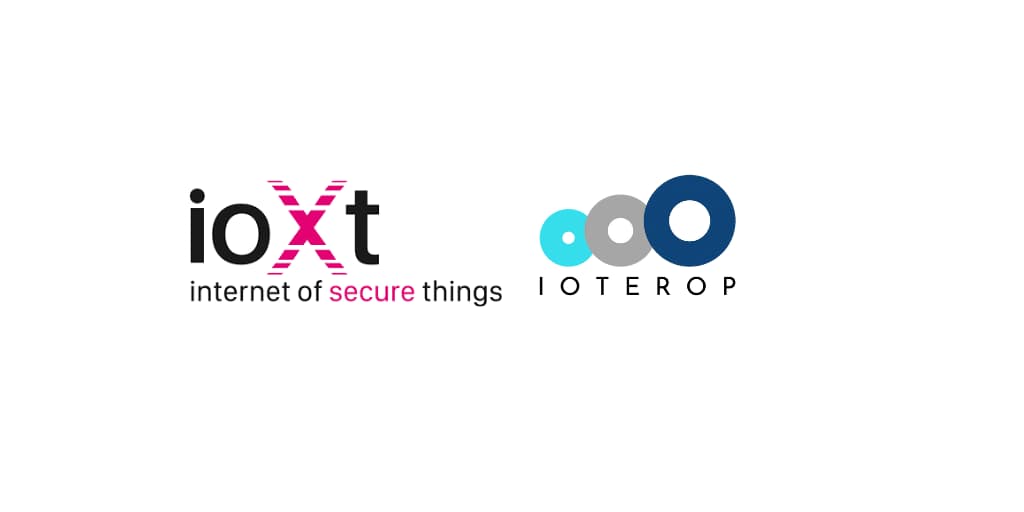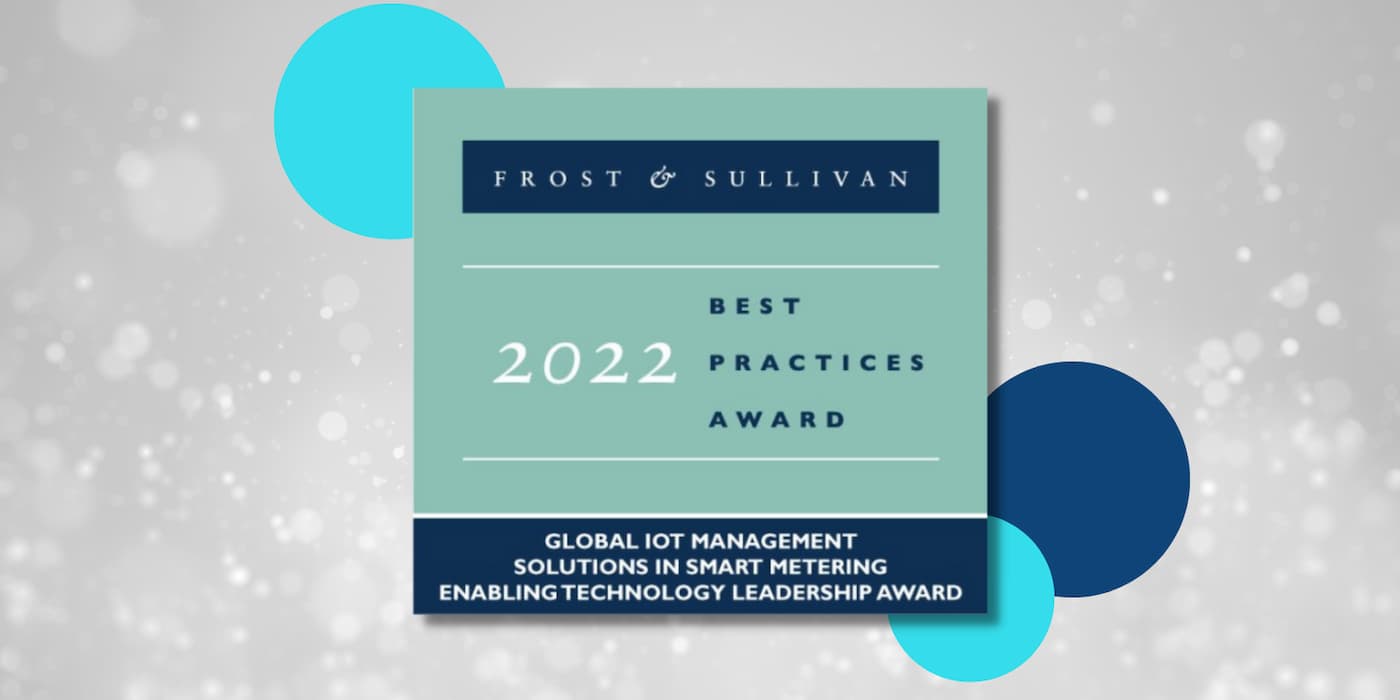How Complex IoT Ecosystems Lead to Better Solutions
By Jacques Bourhis, IoTerop CTO
A Slow Start for a Better Foundation
The Internet of Things (IoT) is late in realizing its promise and full potential due to delays in financial and technological decision-making in the adoption of a coherent end-to-end system.
While some European countries, Asia and the U.S., are on the cutting edge of IoT network deployment with NB-IoT, France is playing catch-up with LTE-M and LoRa.
In this challenging global context, disparate IoT networks hinder the deployment of innovative IoT solutions.
Indeed, LoRaWAN and Sigfox could be seen as temporary solutions while waiting for LTE-M and NB-IOT deployment worldwide. They can also be helpful in isolated areas which might not be covered by GSM networks building private infrastructure.
Adopting a standard is an in-direct approach, but as technology evolves, the market is zeroing in on essential elements. And that’s what we see on the horizon with the deployment of LTE-M and NB-IoT networks offering compatible chipsets and adapting to industrial needs.
Reality Check
No one disputes that security, interoperability, device management, and sustainable solutions are the keys to IoT success. And yet, obstacles to achieving those goals have yet to be overcome.
Too many security breaches in today’s solutions have to be removed; too many disparate systems hinder growth. Too many complex and costly solutions are restraining investment and slowing down the IoT dynamic.
As IoT deployments grow, security is vital. Organizations are looking for easy-to-integrate, effective security solutions that are adaptable to tomorrow’s security challenges.
These security solutions are based on TLS/DTLS, OSCORE and have been adopted by standards such as CoAP, LwM2M, and historically MQTT. They are mainly designed to protect networks from malicious devices that might intercept, modify, or falsify messages on the object’s web. Today, most network operators at a global level have integrated those solutions into their infrastructure network.
Unfortunately, not all industries realize the importance of implementing these security protocols into their IoT solutions. They believe that they can still rely on proprietary and inflexible solutions while operating in silos with little or no security capabilities. This strategy, however, ultimately leads to higher integration costs.
They certainly do not realize that history is on the move. Just like the worldwide web, IoT demands openness, optimal security, interoperability, and scalability.
Governments and local stakeholders are also debating these issues. They are quite aware that their decisions will impact lives, infrastructure, energy, and healthcare. Their goal is to build a society on a stable, solid, and scalable foundation.
Two recent examples of forward-thinking governments initiatives:
-Japan recently financed and launched a cyber-attack program to better prepare for IoT attacks.
-Locally, Montpellier Metropole in the South of France focused on ensuring interoperability to protect its IoT investments.
The Rubber Meets the Road!
Our job at IoTerop is to ensure our customers’ and partners’ IoT solutions stay open and secure, supporting the latest, commonly accepted standards.
To that end, we:
- Contribute to the standardization efforts to ensure interoperability;
- Work on flexible and scalable electronic designs to shorten time-to-market and comply with network operators’ requirements;
- Design open software solutions based on standards adaptable on any operating system and IoT platform;
- Work on a device management platform based on the same standards to ensure device scalability;
- Update device firmware over-the-air across any available network IP or non-IP with low overhead. This new update system is an end-to-end service based on standards and fully integrated into the device; and
- Conduct R&D studies in partnership with Montpellier Laboratory of Informatics, Robotics, and Microelectronics (LIRMM) on IoT security. We have an innovative approach that is based on monitoring “normal” activities. We detect unusual behaviors, analyze the inputs of countermeasures following up an attack, send alerts to the group of objects to which the “victim” belongs to and inject the right “vaccine” following up the attack.
Our vision for the future is clear and confident.
Interoperability, device management, and security are essential. We build IoT for tomorrow based on these three pillars with robust and scalable products such as IOWA, SensorHub, and SmartGateway. As momentum grows for our technology, we are working on ambitious projects with Smart Cities, car manufacturers, car integrators, services, and network vendors. In the process, we are developing strong partnerships in Europe and abroad.
Our strength is our team’s skills and values. Independent of ethnicity or sex, we create a workplace where individuals feel empowered to contribute and are challenged.
Our goal—and what we strive for every day—is to be an IoT technology leader.


